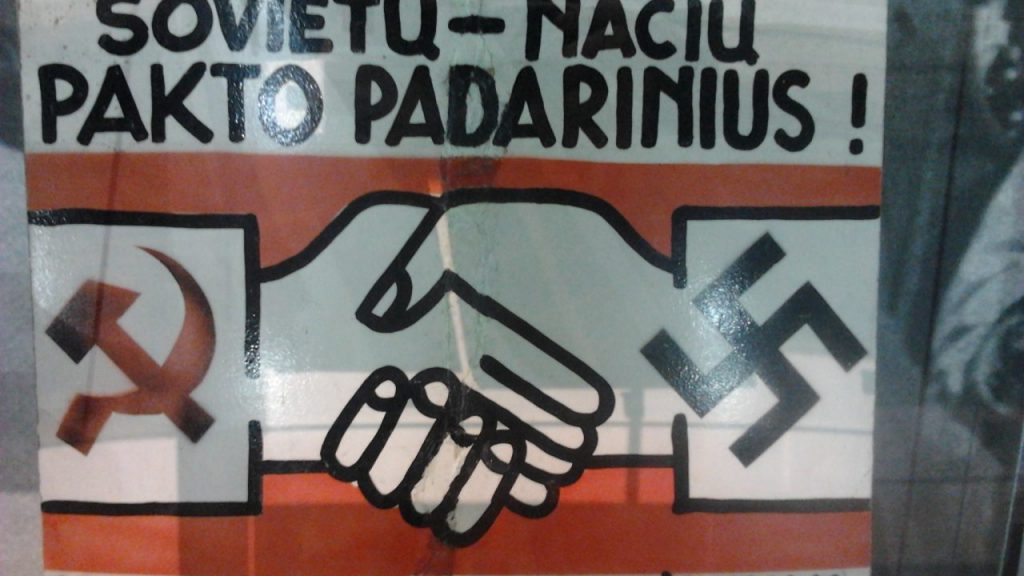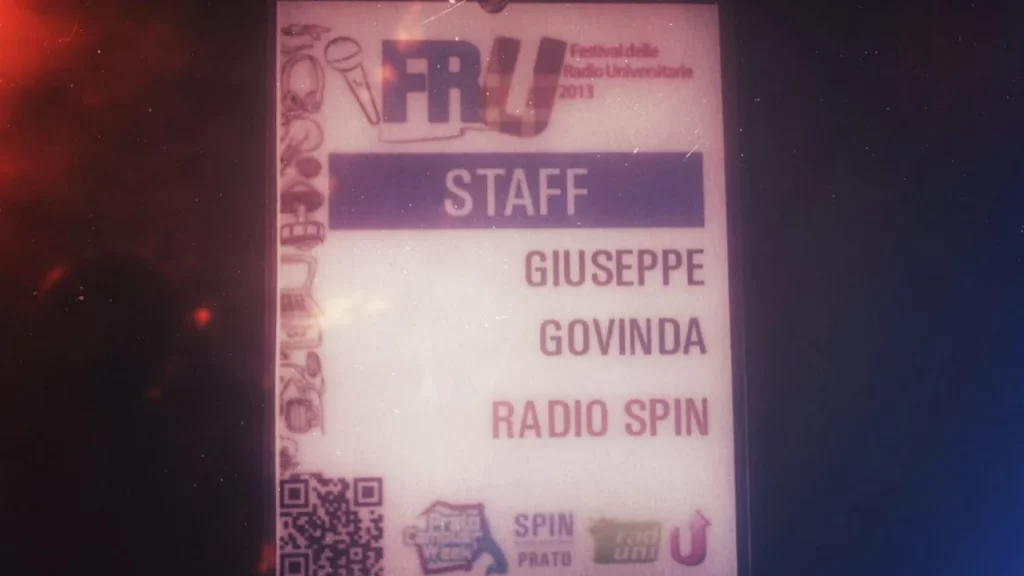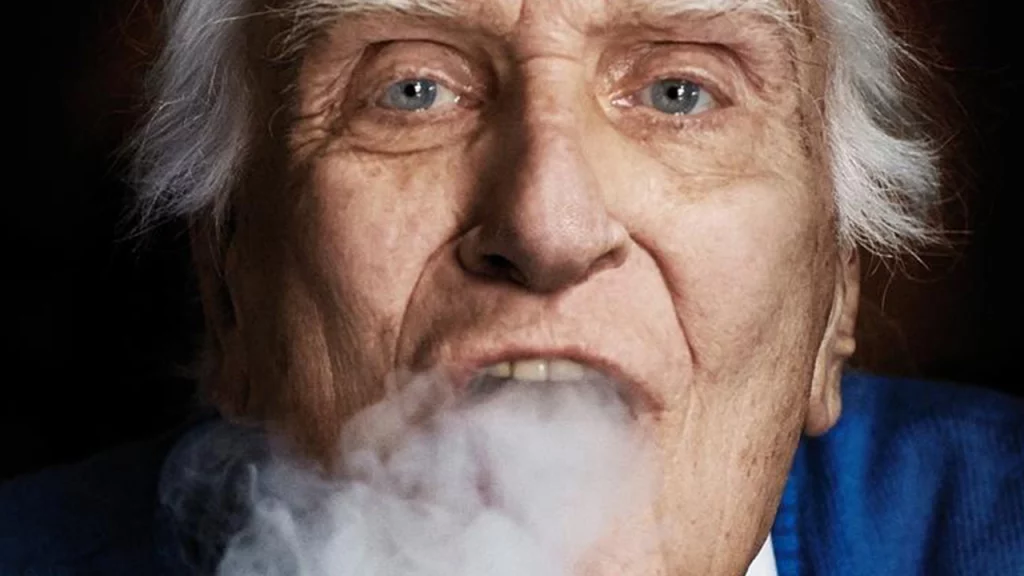The Museum of Occupations and Freedom Fights (also known as The Museum of Genocide Victims) is a building located in the former district of the KGB in Vilnius and represents all the Lithuanians and all the world more than a symbolic place of the Soviet occupation. We have talked with Vilma Juozevičiūtė, the Chief specialist for public relations at the Genocide and Resistance Research Centre of Lithuania.
How the Museum is born?
J: That museum was established in 1993 and it was the decision made by our Lithuanian former political prisoners who were imprisoned by the soviets, they wanted to have a museum about deportations, about imprisonment, about victims of the Soviet regime.
So it was a decision of a community of people. And what is the name of this community?
This community was called the Lithuanian Union of Political Prisoners and Deportees and the president of this union was Balys Gajauskas, who was a leader of this union. But the idea of this museum was supported also the community, maybe we can say it was supported by the country because when we became independent, for 50 years was forbidden to talk about the soviet’s repression, it was forbidden to talk about improvements, about deportations, so we need such museum to show the real history. What is very important in that building is that it was the headquarter of Kgb and inside in the basement was the Kgb prison. When the Kgb left that building it was good to show all has happened during the Soviet occupation, for the punishment for the imprisonment, and the isolation cells.
Visiting the museum we saw the cells where prisoners were put. Are activities here organized not to make people forget the atrocities committed in that place and all over Lithuania? Have you got a big day to remember?
We are a big public institution the Genocide and Resistance Research Centre of Lithuania, and the museum is only one small department of this centre. The centre has many activities: for example, there is a big department of historical research where historians of our centre work with Kgb files, then prepare researches articles, prepare books on Soviet occupation and also Nazi occupation, because we concentrate not only on soviets occupation but also on the Nazi one, all the occupations. For example, you can look at a book made by our centre (she shows me a book with the title “Lithuanian 1940 1990” with various authors) from the beginning of the occupation till the independence. Now only in Lithuanian but it will be the English version.
We talked about Kgb, and the people who worked with them. In Germany after the wall fall down, those people had problems in the new democratic society. What is the situation in Lithuania, what they made after freedom?
Of course here in Lithuania, there are still people who worked in the past with Kgb, it was a special law that they cannot work in state institutions, so many of them became just employees of private companies; (“The restrictions (under the 1999 Act) imposed on former Kgb employees ran out in 2009. This means that today, the former Kgb employees may take up any position at all in the public service”, presseurop.eu) there was also a problem with whom worked secretly for Kgb and nobody knows their names, but it was a special law that they could come to say they were secret agents and it was not openly informed to society, it was kept the secret; of course not all secret agents recognized this, so now we have a special project. I can show you a site where we publish information about the activities of Kgb and also agents who didn’t recognise their work: and their names are published here. Here there are different documents on Kgb activities. (“Since the end of World War II, more than 100,000 people have worked for the Kgb in Lithuania. In 1990 about 6,000 Lithuanians were Kgb agents”, presseurop.eu). Official employees and agents of Kgb. (The website is www.kgbveikla.lt) The names, when he was registered, original Russian documents about his activities.
Let’s talk about the Nazi occupation here, because in the Museum of Genocide Victims, there is a memorial of Hebrew killed. In Paneriai were killed more Jews in Europe. There are others memorials here in Vilnius, where?
There are a lot of memorials around Lithuania. There is in Vilnius also the Jews museum and this museum has many branches, and in Paneriai there is a small branch, there is an exhibition about executions in Paneriai, information about victims, and about executioners. Also, there are other departments for example only 600 meters from the museum there is a small house that is public called Green House and in that greenhouse, there is an exhibition about the holocaust in Vilnius and in Lithuania.
Tuskulėnai Manor, another place in the district of Žirmūnai, was found 706 bodied ..
724, because were founded even more.
And about the partisans in Lithuania. Because for example in Italy, partisans are those guys who were against Mussolini´s regime. Here the partisans are mostly the ones who went against the opposite form of totalitarianism. Can you tell us some important partisan or some history?
There are many famous partisans, for example, there is one who moves to western countries in 1947 twice and for some years he lived in western Europe after that he came back to Lithuania and died when he was surrounded by KGB “employees”. The story of his life is very interesting, we have many interesting photos (she shows us several photos of this partisan). We have also photos of when he met with leaders that are with the resistance in western countries. He tried to find some support for our partisans but it was not successful. During the time when he lived in Paris, he wrote a book about Lithuanian partisans, that book was published in western countries but not in Lithuania because it wasn’t possible; only when we became independent was published in Lithuanian language. In Paris he met his wife, he married, but left Paris and came back to Lithuania. We also have photos of when he came back. In1951 he was killed, he was only 30 years. The name is Juozas Lukša.
In Lithuania, these murdered people were from both sides, by Nazis and then also by the Soviets. What we can do to remember them?
We publish books on different topics in the English language. About deportations named “Siberia”, one about partisans activity “The Unknown War”, about holocaust with the book “The holocaust in Lithuania”, of course about the Kgb activity “Kgb in Lithuania”, about unarmed resistance it was many underground publications in Lithuania by different organizations.
Underground activities?
But unarmed, peaceful activities.
There is a center of an old underground resistance that is possible to visit?
For example, was an underground publishing house where were many publications, and now it´s opened like a museum, and it is possible to visit.
(She shows me a book called “The church in Lithuania” about deported priests who fought for the rights of believers).
We are talking about the role we can have to remember this, for example, I have some experience, I do not know maybe it’s just a feeling, that some people – self Lithuanians or those who visit it and were born in an old Soviet state – have a kind of nostalgia for the old regime of murderers. Is that true?
Maybe of course there are still people who feel nostalgia for the soviets, about that time, but it is not so many people, maybe old people sometimes feel nostalgia because they were young but when we remember how we lived in the soviet union there is nothing good.
A Lithuanian politician, Vitautas Landsbergis, signed with other politicians around Europe the Declaration on Crimes of Communism in 2010. In Italy there is the crime of fascism, but not for communism, and with this declaration, politicians are trying to make a crime on this, because both sides maybe bed things.
For example to say the truth Stalin killed more people than Hitler. He killed many Russians, Ukrainians, and people from different nations. People from different nationalities were imprisoned in Gulag, many of them died in Gulag camps and many were killed. Terrible things happened in Lithuania. In Kazakhstan, Ukraine, and everywhere Stalin killed millions and millions of people. Did many crimes, and for us is very important that European Community recognizes those crimes.
For example, I can say my personal experience: both grandfathers were imprisoned in the Gulag and one of them died in the Gulag camp other parents were imprisoned in the Gulag and in the Kgb prison (the Museum of Genocide Victim, Editor’s Note) and they told me many stories about their impressment. For me is personally very important, almost everyone in Lithuania has family members or relatives who were victims of Soviet crimes, maybe we can´t call these crimes real genocide but when our people were sent to Siberia, they had not normal conditions for the life, many of them died, it’s very painful for us and this thing did by soviets it can be called War Crimes. Not only Lithuanians, for example, but many Jews were also deported to Siberia.
Lithuania lost 1/3 of its population during the soviet occupation…
During both occupations. Not only physically, but half were killed in prisons, and half just left Lithuania and moved to western countries. They had experienced the first soviet occupation, and it was terrible, so before the beginning of the second soviet occupation when the German army left Lithuania they moved to western countries because they were afraid of the second soviet occupation. (Soviet re-occupation from 1944, Editor’s Note)
She shows us a paper with the number of people who were killed. (Picture in the gallery)
J: We have a book with all information about people sent to Siberia, for example, my relatives were supported by partisans and had a farmer, so they were deported to Siberia.
Unfortunately, we haven’t any English version of our educational activities, but we organize for children many contests. Every year, they can send pictures, and songs and they can write poems or novels about our past. For example, here we have books with children’s works.
She shows me the newest book, published two weeks ago with all children’s works, poems, and pictures.
Now you can see near the Kgb building an exhibition made for our contest (Picture here).
Also, we have activities for children in the museum, special lessons by our educators, we also have educational activities in Tuskulėnai.
There is a famous docu-film?
Yes, one very famous is “Birzelio Ledas” (“Ice of June”, 2001), also “Gyveno senelis ir bobutė” (“grandma and grandpa”, 2007) this is not only a documentary is a cartoon very well prepared. We also go to other towns and show in the schools the movies. We often had those educational trips, for example for children is very hard to come to the museum then we go to different towns and schools.
For partisans, we had a lot of monuments for them in every partisan district. Our activities are very big.
We have also traveling exhibitions. One of them “War after War” about partisans shown in many countries in western Europe. On the 3rd of June in Paris was opened an exhibition about our people who were deported to Siberia in Gulag. In November the same exhibition will be open in London; on the 14 of June, one exhibition will be open in Berlin the name of this is “Chronicle of violence” which is about the secret agreement between Nazis and Soviets (Molotov–Ribbentrop Pact) throughout one year – 1940 to 1941 – the chronicle that goes from that year when first Soviets and then Nazis occupied Lithuania. It was terrible especially for Jews people, here were killed 95% of the Lithuanian-Jew population.
She showed us a calender made by them with all the activities month by month: camps for children, monuments, conferences in parliament, exhibition, and in one photo there is the president of Lithuania Dalia Grybauskaitė, and the director of the Museum of Genocide Victims Birutė Burauskaitė.
We could talk for hours about these issues. Thank you for your time and for your detailed answers.
J: It’s been a pleasure, thanks to you.



